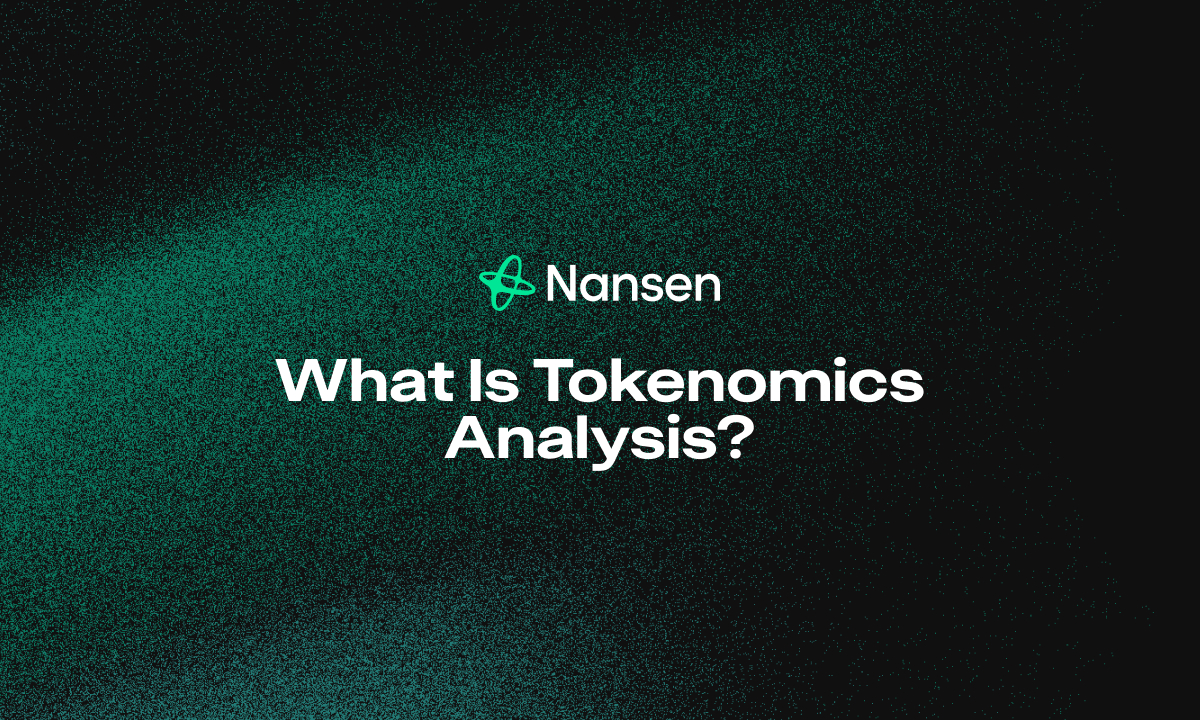The success of any cryptocurrency doesn't just depend on its technology or community — it hinges on something equally important but often overlooked: tokenomics. As a crypto investor, understanding tokenomics analysis could be the difference between picking a sustainable project and falling for an unsustainable token model that's destined to fail.
But what exactly is tokenomics analysis, and how can you use it to make smarter investment decisions? Let's break it down.
What is Tokenomics Analysis?
Tokenomics analysis examines the economic design of a cryptocurrency token—how it's created, distributed, and used within its ecosystem. Think of it as studying the monetary policy of a digital economy.
Key takeaway: Tokenomics is essentially the economic framework that determines how a token functions and maintains value over time.
Unlike traditional investments where you might analyze revenue streams or profit margins, crypto token valuation requires understanding the unique economic mechanisms built into the token itself.
Why Tokenomics Matters for Your Investment Decisions
Before you invest your hard-earned money into a project, consider how these tokenomics factors might affect your returns:
1. Token Supply and Demand Dynamics
The most fundamental aspect of tokenomics is understanding a token's supply mechanics:
- Maximum supply: The absolute maximum number of tokens that will ever exist
- Circulating supply: The number of tokens currently available in the market
- Release schedule: How and when new tokens enter circulation
Projects with unlimited supply often struggle with inflation, while those with artificial scarcity might see price appreciation if demand grows.
Example: Bitcoin's 21 million coin cap creates scarcity, while some tokens mint new coins indefinitely, potentially diluting value over time.
2. Utility Token Analysis: What Problem Does It Solve?
A token's real-world utility directly impacts its long-term value. Ask yourself:
- What function does this token serve in its ecosystem?
- Is this function necessary and valuable?
- Could this function be performed without the token?
Tokens with genuine utility — whether for governance, access to services, or transaction fees — have natural demand drivers built into their ecosystem.
3. Token Distribution Models: Who Holds the Power?
How tokens are initially distributed reveals much about a project's priorities and power structures:
- Were tokens pre-mined for founders and investors?
- What percentage was allocated to the team versus the public?
- Are there vesting schedules that prevent early dumping?
Red flag alert: Projects with heavily concentrated token ownership among founders or early investors can be vulnerable to price manipulation or "rug pulls."
4. Inflationary vs Deflationary Tokenomics
Some tokens are designed to increase in supply over time (inflationary), while others incorporate burn mechanisms to reduce supply (deflationary):
- Inflationary models often use new tokens to reward network participants and drive adoption
- Deflationary models can create upward price pressure by reducing supply as usage increases
Key insight: Neither approach is inherently better—what matters is whether the model aligns with the project's goals and creates sustainable economic incentives.
5. Governance Tokens: Voting Rights in the Digital Economy
Many projects now offer governance tokens that give holders voting rights on protocol changes. These tokens create value through:
- Decision-making power over protocol upgrades
- Control over treasury funds
- Setting parameters like fee structures
The strength of governance mechanisms can significantly impact a token's long-term prospects, especially as decentralized governance becomes more important.
6. Vesting Schedules and Long-term Alignment
Smart projects use vesting schedules to align incentives between founders, early investors, and community members:
- Tokens unlock gradually over time
- Prevents massive sell pressure after launch events
- Encourages long-term commitment from key stakeholders
Pro tip: Always check the token unlock schedule before investing — large upcoming unlocks can significantly impact market price.
How to Conduct Your Own Tokenomics Analysis
When evaluating a new project, consider these practical steps:
- Read the tokenomics section of the whitepaper** (not just the flashy marketing materials)
- Check token distribution across team, investors, treasury, and community
- Evaluate the token's utility within its ecosystem
- Research staking rewards and other economic incentives
- Analyze the market capitalization relative to fully diluted valuation
- Look for sustainable value capture mechanisms that benefit token holders
Common Tokenomics Red Flags
Be wary of projects that:
- Have extremely complex tokenomics that nobody can explain clearly
- Rely heavily on high staking rewards without clear value creation
- Concentrate a large percentage of tokens among team members with minimal vesting
- Have a massive gap between current and fully diluted valuation
- Lack clear utility for their token within their ecosystem
Final Thoughts: The Future of Tokenomics
As the blockchain ecosystem matures, tokenomics design is becoming more sophisticated. Projects are moving beyond simple supply caps toward complex economic systems that balance growth, sustainability, and user incentives.
The most successful projects will be those that create genuine value for participants while maintaining economic balance. As an investor, your ability to analyze these systems will become increasingly valuable as the market grows more discerning.
Remember that tokenomics is just one piece of the puzzle — always consider it alongside technical fundamentals, team capability, and market fit when making investment decisions.
Disclaimer: This article is for informational purposes only and should not be construed as financial advice. Always conduct your own research before making investment decisions.




